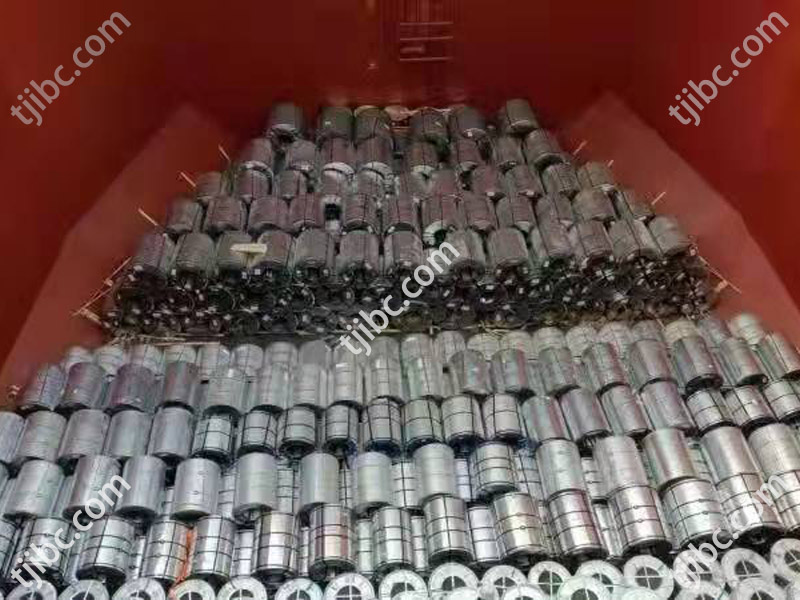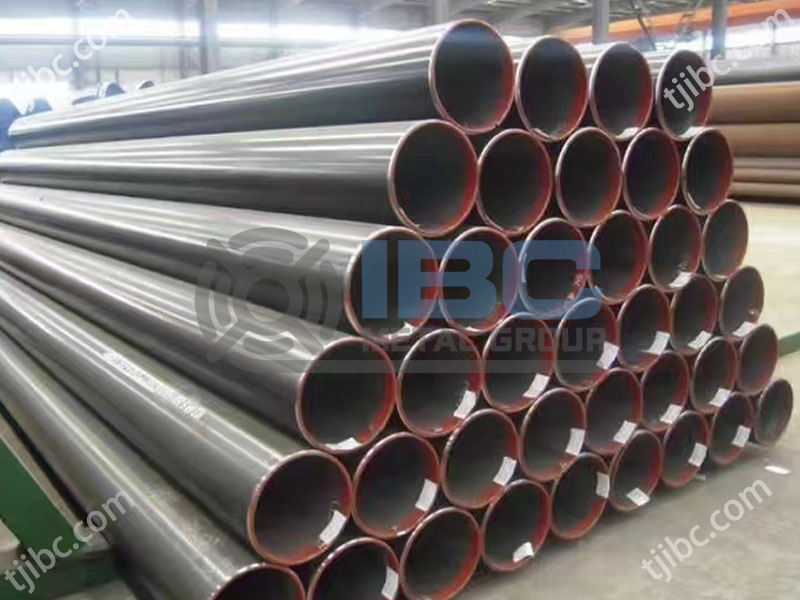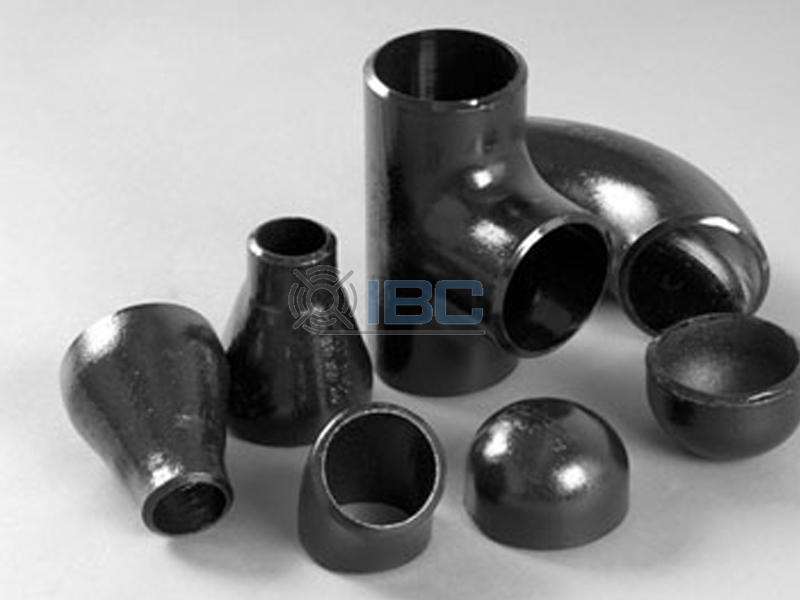Quench & Tempered Steel Bar is a steel that has undergone a specific heat treatment process (such as quenching and tempering) to achieve the desired properties. Its carbon content is usually between 0.3 and 0.6%, belonging to the category of medium carbon steel. Through the tempering treatment, the steel can obtain high strength, good plasticity and toughness, so as to meet the requirements of various complex working loads.
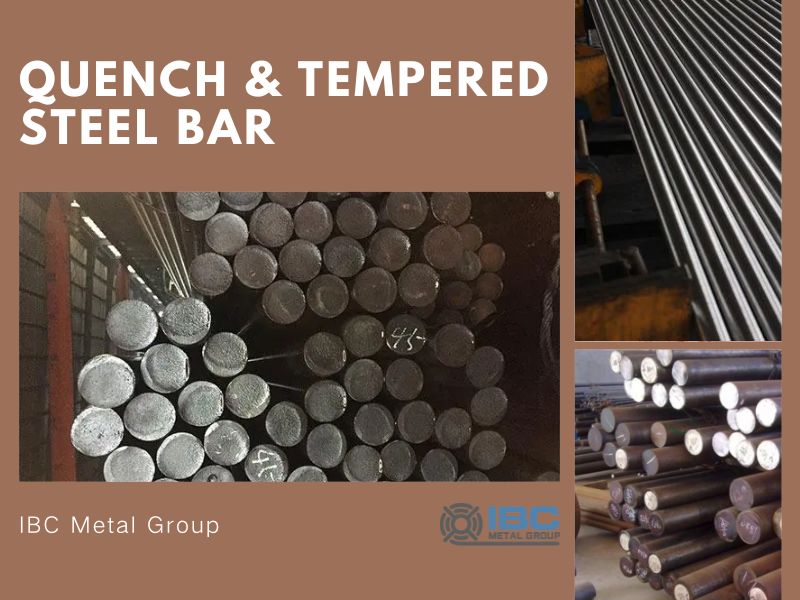
Production Process 1
1. Material selection and preparation
First of all, according to product requirements and market demand, choose the appropriate steel types and specifications. Ensure that raw materials comply with relevant standards and have good processability and toughness. In the preparation stage, workers need to carry out the necessary cleaning and pretreatment of the steel to remove impurities such as oil and rust on the surface. This can ensure the smooth progress of the subsequent process.
2. Steel heating treatment
Put the prepared steel into the heating furnace for heating treatment. According to the composition and performance requirements of the steel, select the appropriate heating temperature and heating speed. During the heating process, it is necessary to ensure that the steel is heated evenly to avoid overheating and overburning.
3. Insulation to ensure uniformity
After reaching the predetermined heating temperature, maintain heat preservation for a certain time, so that the temperature inside and outside the steel is uniform. Workers should adjust the holding time according to the thickness and material of the steel. This can ensure that the structural transformation of the steel is fully carried out.
4. Quenching fast cooling
After the heat preservation is finished, the steel is quickly removed and quenched. Quenching is the process of rapidly cooling steel below room temperature to obtain the desired hardness and microstructure. The quenching rate and the choice of cooling medium have an important effect on the performance of the final product. Therefore, workers need to choose according to the specific requirements of steel.
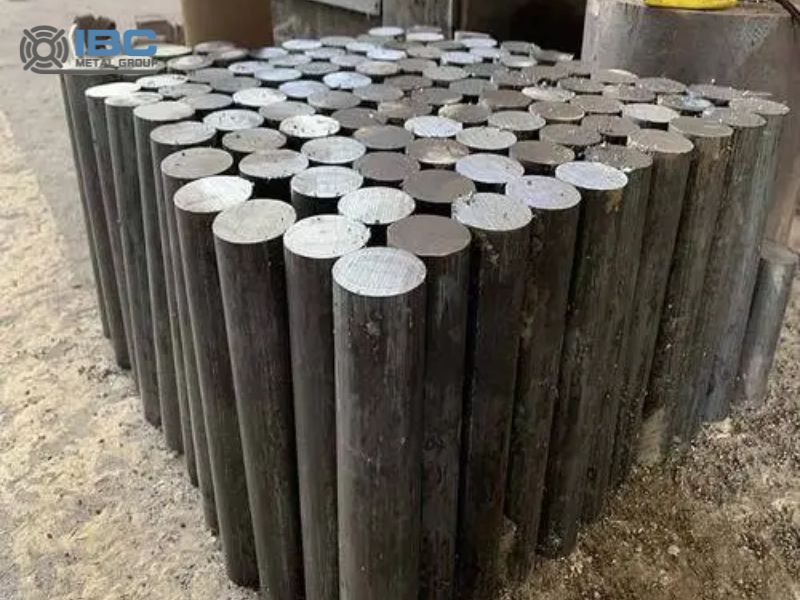
Production Process 2
5. Tempering adjustment performance
Quenched steel has high hardness but poor toughness. In order to improve this situation, tempering treatment is needed. Tempering is the process of heating the quenched steel to a certain temperature and then slowly cooling it after holding it for a period of time. Through tempering treatment, the hardness and toughness of the steel can be adjusted to achieve the ideal comprehensive performance.
6. Cooling and stable treatment
After tempering, the steel is cooled naturally or forced to room temperature. Then the workers will stabilize the treatment, eliminate the residual stress inside the steel, improve the dimensional stability and service life of the product.
7. Finished product testing and evaluation
The steel treated by the above process needs to be inspected and evaluated as a finished product. Including the inspection of steel chemical composition, mechanical properties, metallographic structure and other aspects to ensure that the product meets the relevant standards and customer requirements. At the same time, workers will also screen and dispose of unqualified products. This can ensure that the quality of the outgoing products is stable and reliable.
8. Packaging and delivery inspection
The qualified Quench & Tempered Steel Bar is packaged and inspected for delivery. The inspection contents include appearance quality, dimensional accuracy and so on. The workers will deliver the inspected products and issue the corresponding quality certification documents.
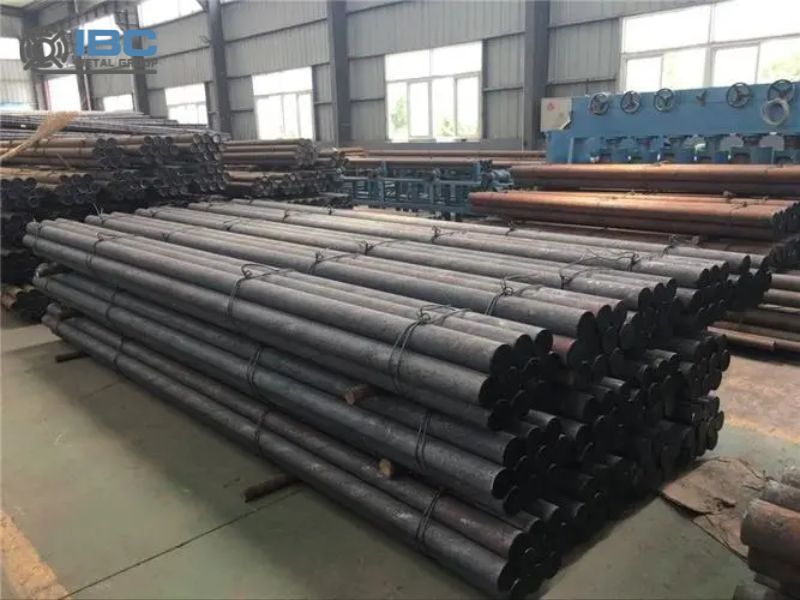
Advantages of Quench & Tempered Steel Bar
1. High strength: The tempered steel has higher strength and hardness, and can withstand greater force.
2. Good toughness: It not only has high strength, but also has good toughness, and can be bent and not easily broken when being impacted and squeezed.
3. Wear resistance: The hard shell formed during tempering improves the wear resistance of the steel.
4. Good machinability: the tempered steel has excellent machining performance, easy to cut, drill, milling and other operations.
5. Corrosion resistance: During the processing, the surface hardening layer formed by the steel helps to prevent it from oxidation and corrosion.
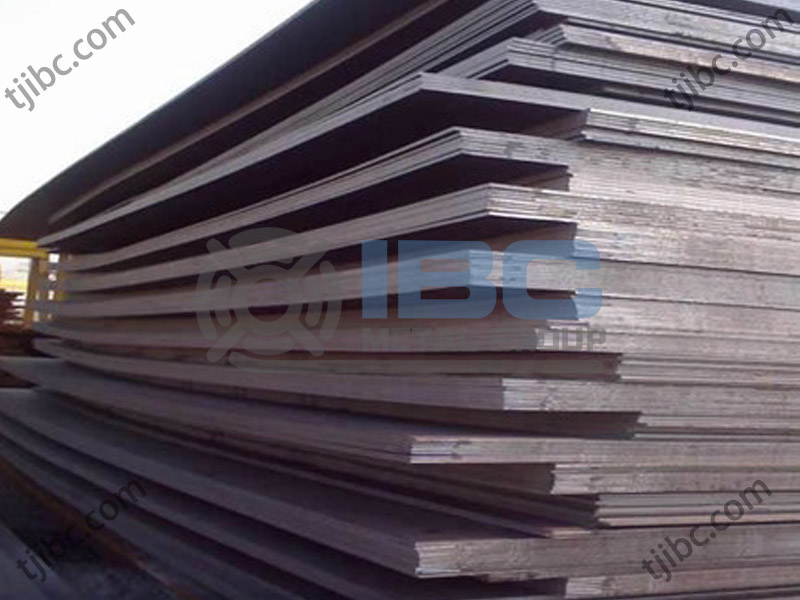
Contact with us today!

